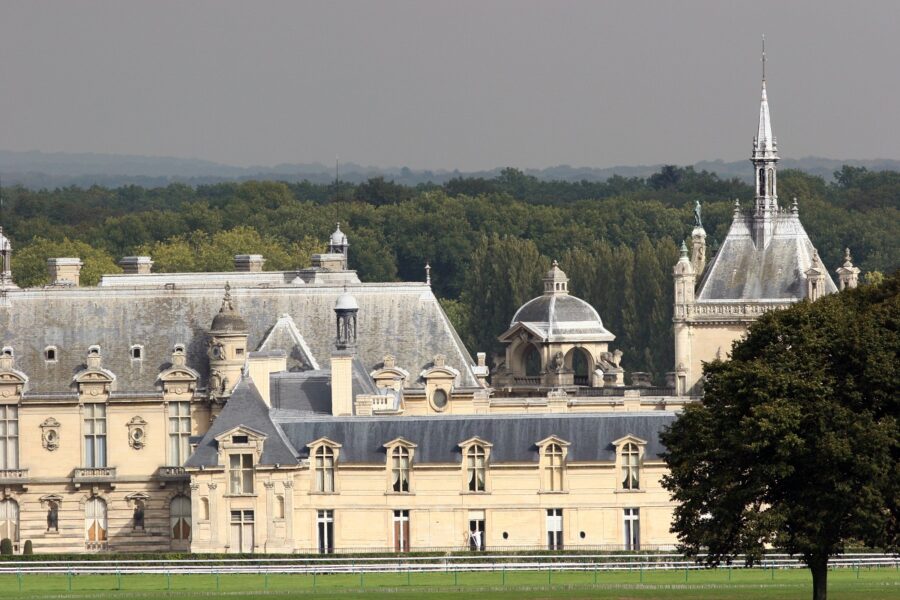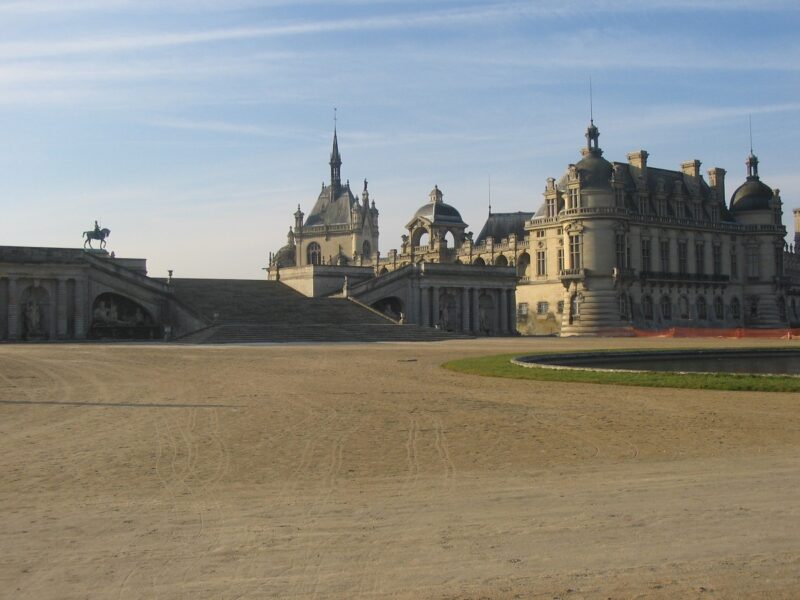Add to favorites
If you dream of life in a château, come and discover this château and its estate. The Château de Chantilly is reflected like an apparition in the ornamental lakes that surround it. In the foreground, its reflection reveals the ‘petit château’, a masterpiece of Renaissance architecture. In the background, the château with its large apartments rebuilt in the 19th century by the Duke of Aumale.
This princely residence, the only witness to the history of France from the Middle Ages, now houses one of the most beautiful art galleries of old paintings in France. Its huge park, designed by Le Nôtre at the end of the 17th century, offers the chance to enjoy some pleasant walks in search of secret treasures.
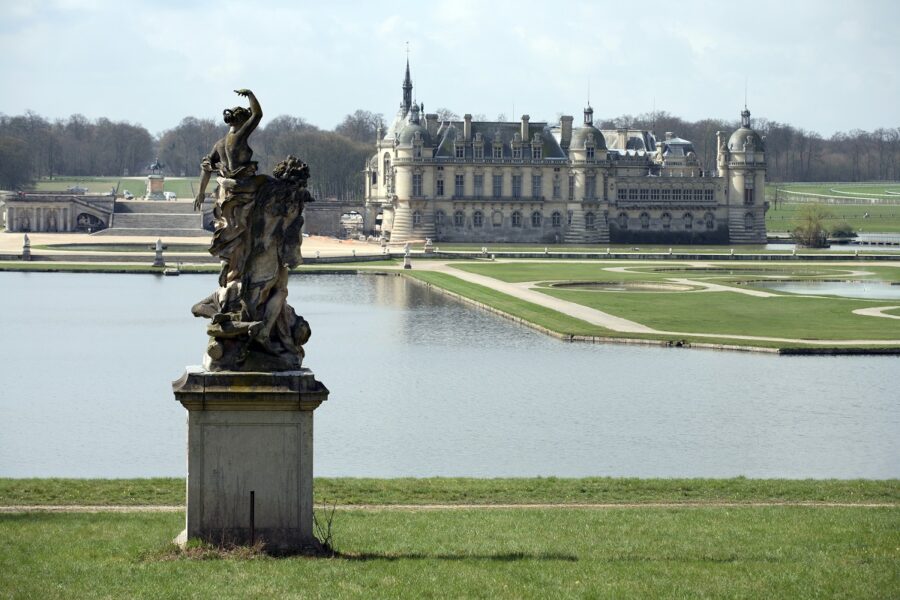
Families close to the kings of France
At the end of the 11th century, Guy de Senlis, ‘bouteiller’ – Grand Butler – to the king (Louis VI), settled in Chantilly, a marshy but strategic place. Taking on the name Bouteiller de Senlis, the family became very active in the region and kept the castle until the 14th century.
Looted in 1358 during the Jacquerie, the premises were sold in 1386, to Pierre d’Orgemont, Chancellor to King Charles V. From then on, the estate was inherited rather than sold.
The Orgemont family rebuilt the château and remained its owner for three generations, in the 14th and 15th centuries. In 1484, Pierre III d’Orgemont, childless, bequeathed Chantilly to his nephew, Guillaume de Montmorency.
The powerful Montmorency family owned Chantilly from the 15th to the 17th century. Major modernisation work was carried out, notably by Anne de Montmorency, Constable of France, who was close to François I and an admirer of Renaissance art.
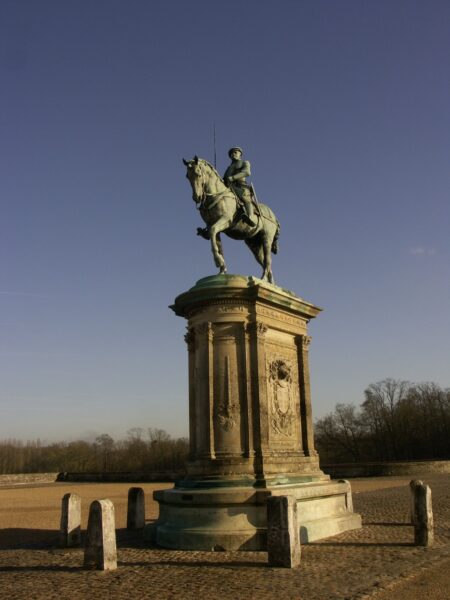
The Chantilly estate then passed by marriage to the family of the Princes of Condé, a cadet branch of the House of Bourbon.
The most famous of them, ‘the Great Condé’, devoted himself to improving the premises over a long period of time. Among his guests at Chantilly were writers of his time such as Molière, La Fontaine, La Bruyère, Madame de La Fayette and Madame de Sévigné. In their honour, two parallel avenues bordering Le Nôtre parterres are known as the ‘allées des Philosophes’.
Finally, in 1830, the Duke of Aumale, then eight years old, son of Louis Philippe, inherited the vast domain. At the end of his troubled life, with no heir, he donated it to the Institut de France on condition that:
‘The château shall be nothing more than a museum and a workplace. I want to provide access to the collections, archives and library – which I believe to be not insignificant – to all those who are drawn to them … nothing will be changed, but it will no longer be a house.’
Everything had to remain as he had left it.
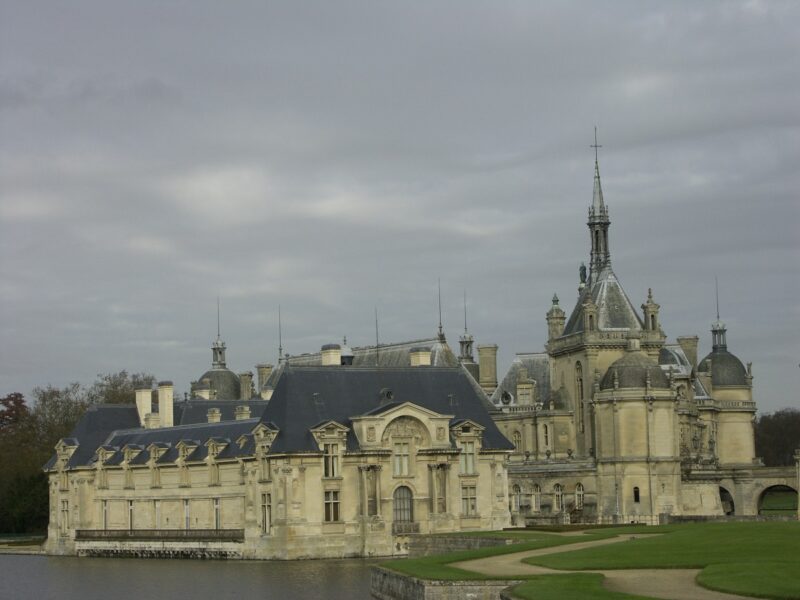
Architecture of its times
In the 12th arrondissement, in the valley of the Nonette river, a tributary of the Oise, the Bouteiller family built a fortified house on a rock.
Following the house’s destruction in the 14th century, Pierre d’Orgemont, and later his son Amaury, rebuilt a real fortress, defended by seven towers and surrounded by a moat.
In the 16th century, Anne de Montmorency built the Petit Château, a Renaissance-style masterpiece, just below the old fortress. He also built the terrace, on which now stands an equestrian statue of him.
In the 17th century, the Great Condé restored the interiors and certain façades. He enlisted the services of André Le Nôtre to create the sumptuous formal gardens.
In the 18th century, Louis-Joseph, Prince of Condé, built the Jeu de Paume and the classical-style Château d’Enghien, which faces the château.
During the Revolution, the Grand Château was demolished and its stones were sold.
In the 19th century, the Duke of Aumale rebuilt a château, behind the still-standing small one, as a place to display his numerous masterpieces and precious manuscripts.
Practical information
Domaine de Chantilly, 60500 Chantilly
Tel: +33 (0)3 44 27 31 80
www.domainedechantilly.com
To complete your visit
Click on this link to discover an idea for a bike ride, or download the app ‘rando Parc Oise’ to be geolocated.
Add to favorites




